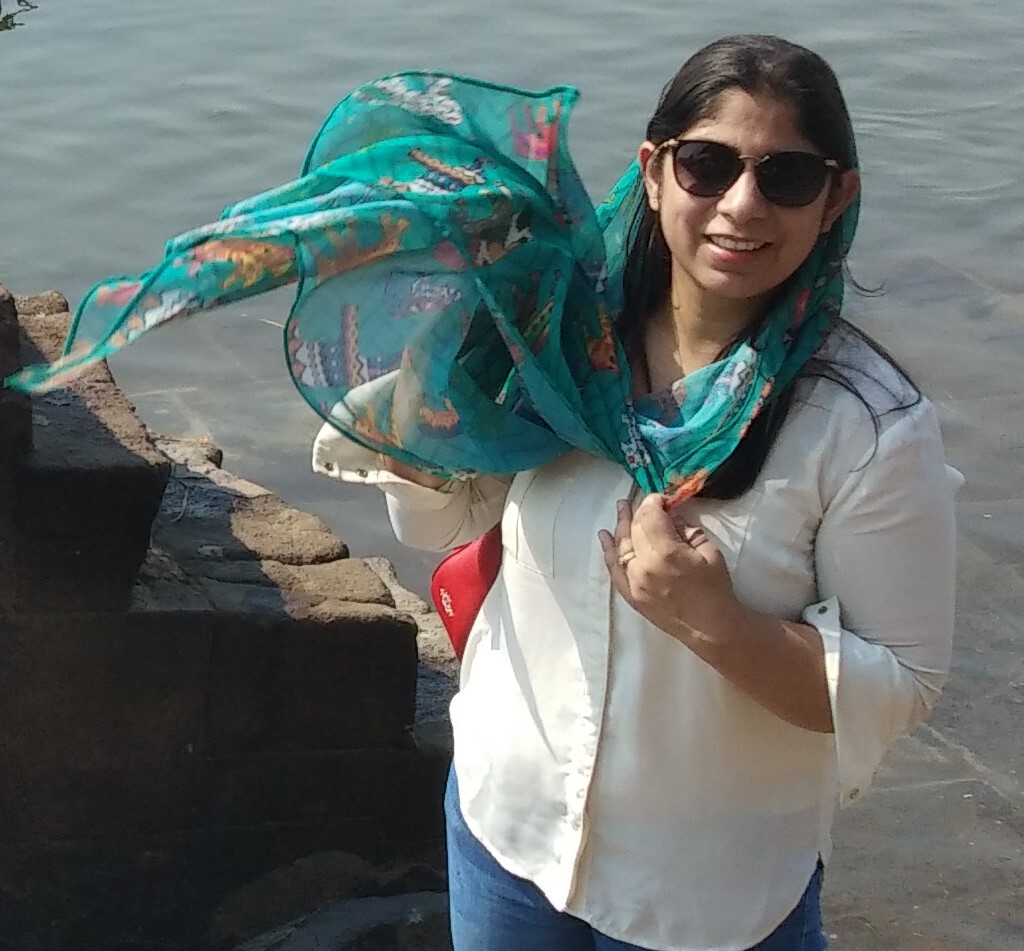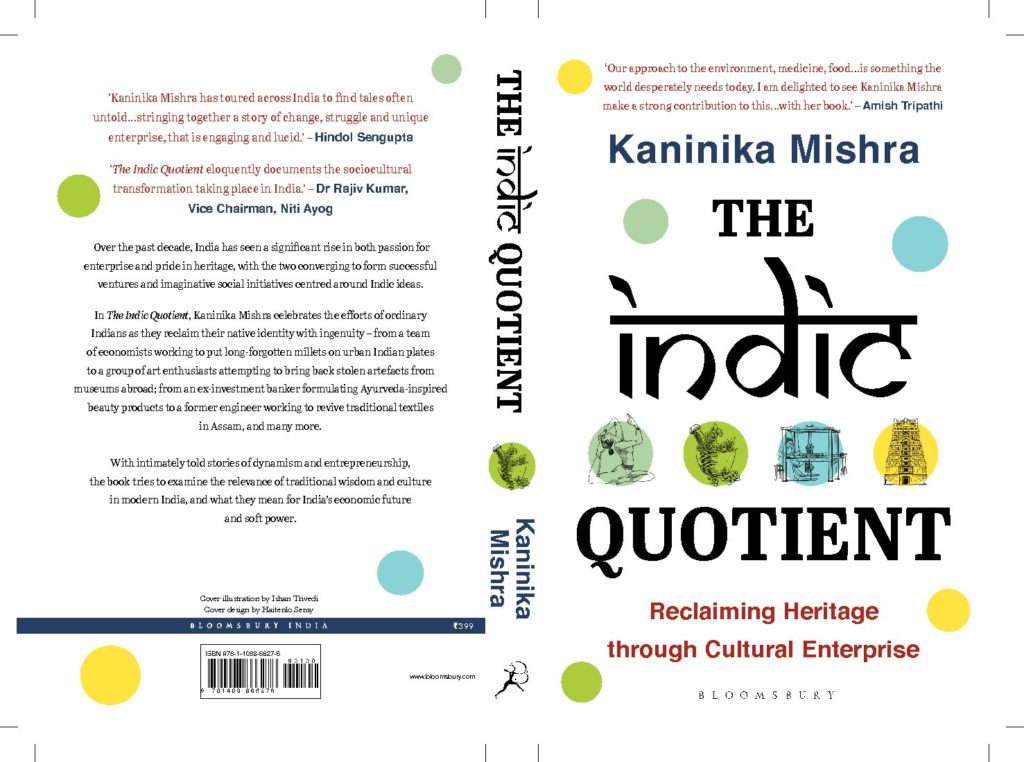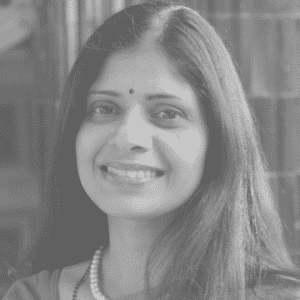Kaninika Mishra’s book The Indic Quotient – Reclaiming Heritage through Cultural Enterprise celebrates the efforts of ordinary Indians to reclaim their cultural heritage in ingenious ways. Instead of merely lamenting on the loss of Yoga, Ayurveda and much more, many Indians are trying to create enterprises around culture and cultural products.
In this interview with CSP Kaninika talks about her inspiration and the effort involved in researching her book.
What was your prime motive in writing the book? Were you personally interested in Yoga, Ayurveda and the other things you feature in your book?
I come from a culturally conscious family. I grew up hearing my father recite Kalidasa’s epic poems in Sanskrit and admiring my mother’s collection of indigenous art and craft. While I had the awareness of India’s rich culture, my own journey into understanding Indic systems began when I started to formally learn yoga six years ago. Yoga was becoming popular around that time and I observed a great interest in it especially among the young.
It was during the same period that the market for Ayurveda personal care products and Khadi had begun on its path of exponential growth. This struck me as a significant change from only a decade ago when yoga was considered suitable for the elderly and Indians were fascinated with foreign products. Since I was thinking of writing another book (I have written two textbooks, two on life insurance and a non-fiction book documenting professional journeys of the top financial advisors in India) and was searching for ideas, I began researching this trend. I met start-up founders and activists who worked in areas connected Indian heritage. I was inspired by their ingenuity and passion.
These stories of enterprise and devotion to Indic culture needed to be told. Many Indians including those consuming heritage products or services are unaware of the profundity and depth of Indian knowledge systems. In my book, I have delved into the background and history of the different Indic systems, enmeshing it with the stories of individuals working in those areas. My mission is to promote a wider appreciation of ancient knowledge and wisdom.
In your research and interviews did you sense a upbeat feeling by practioners on the Indic Knowledge economy?
I found a deep sense of commitment to the Indic cause among entrepreneurs and activists. Even though competition is increasing in all areas and we find new yoga schools opening up every day and cosmetic companies starting an Ayurveda inspired range of products, the market has expanded too. This makes practitioners optimistic about their ventures.

Kaninika Mishra author of The Indic Quotient – Reclaiming Heritage through Cultural Enterprise
Is the Indic Knowledge ecosystem entrepreneurial the way foreigners who learn these practices are?
India has a vibrant start-up culture and there is much passion for entrepreneurship among the youth. Moreover, in the Indic space there is a high degree of consciousness among entrepreneurs about the social, environmental and cultural impact of their ventures and initiatives.
If I take yoga as an example, while the size of the yoga market (including teaching, apparel and other consumables) in the US is larger than India, a large portion of it is in the hands of large organisations. In India, on the other hand, more than 80% of the ventures are small or medium sized. The industry is spread across several independent yoga teachers, small centres, boutique clothing brands rather than big corporations. Yoga in India like in the US is growing at a fast pace, but it is distributed more democratically and equitably in my view.
Across other sectors I find similar trends. Many founders consider themselves social or cultural entrepreneurs and pursue their work as a mission with a larger purpose. They do not want to chase profits blindly. A few entrepreneurs featured in my book, in fact, have shunned Venture capital (VC) funding because of this reason.
In your journey across India, what regional variations did you observe?
In my journey across the country the familiar adage ‘unity in diversity’ was truly and vividly visible. The yoga and Ayurveda based ventures draw on the foundational texts so the regional variation is rather minor. I did, however, find that since southern India has not faced the extreme onslaught of invasions as the North, the ancient traditions have been preserved better there. The organisations in southern India have continued to build on their heritage. For example, popular Ayurveda centres in Kerala come from the ancient lineage of Ayurveda physicians, the Ashtvaidyas.
They incorporate their ancestral knowledge passed through generations in the treatment of patients while at the same time modernizing their facilities to attract a larger number of people. On the other hand, the ventures in the North are compensating for their lost legacy with an entrepreneurial zeal.
While some systems are a part of everyday living some are only exotic reminders of a rich past. Why do you think some have been sustained and not others?
Our ancient traditions have not only sustained but have been incorporated into the daily lives of people. Home remedies, dietary recommendations for the ill and beauty regimens draw on the Ayurveda principles. The resurgence we see now is a result of economic growth and a new found confidence in our identity. Also, with a rise in nuclear families, the knowledge is no longer available at home and consumers are seeking them from commercial enterprises who have packaged it and made it easy to use. However, in the area of Sanskrit language, classical art forms and literature, the awareness is limited. In my view, the modern education system and the western consumer culture has kept our youth bereft of these great facets of our culture.
How would you describe the Indic warriors who are extremely invested and driven in re-establishing a strong Indic reference in art and culture?
Indic warriors is the apt term that you have used. In the field of art and literature the attempt to establish an Indic narrative which does not adhere to the Marxist-Macaulayist perspective is an ongoing battle. Individuals who write novels based on our Puranic literature, promote Sanskrit through art and films or create graphic novels based on Hindu gods, do so with meagre funds and little support and no access to mainstream academic and publishing networks. Their present success, both conceptual and commercial, is truly commendable.
Do the people you have interviewed and quoted have a strong digital presence? Does the Indic Knowledge scene value quality content and online presence?
All Indic activists and entrepreneurs I met have leveraged online platforms well for their cause. Many of them in the field of yoga, Ayurveda and indigenous food have a large following on Twitter or Facebook. The beauty products makers and textile companies are very adept at using Instagram for their publicity.
What are the areas that you feel need institutional support and protection?
I believe there will always be a need for the government’s role for promotion and welfare of certain heritage sectors. In the area of handloom and handicrafts, and in arts and literature, there is great degree of institutional support needed.





